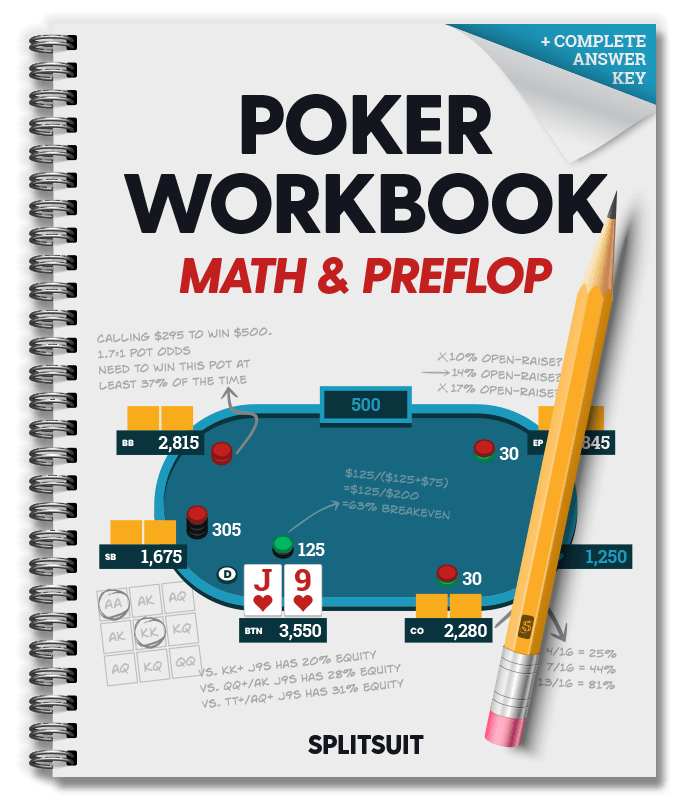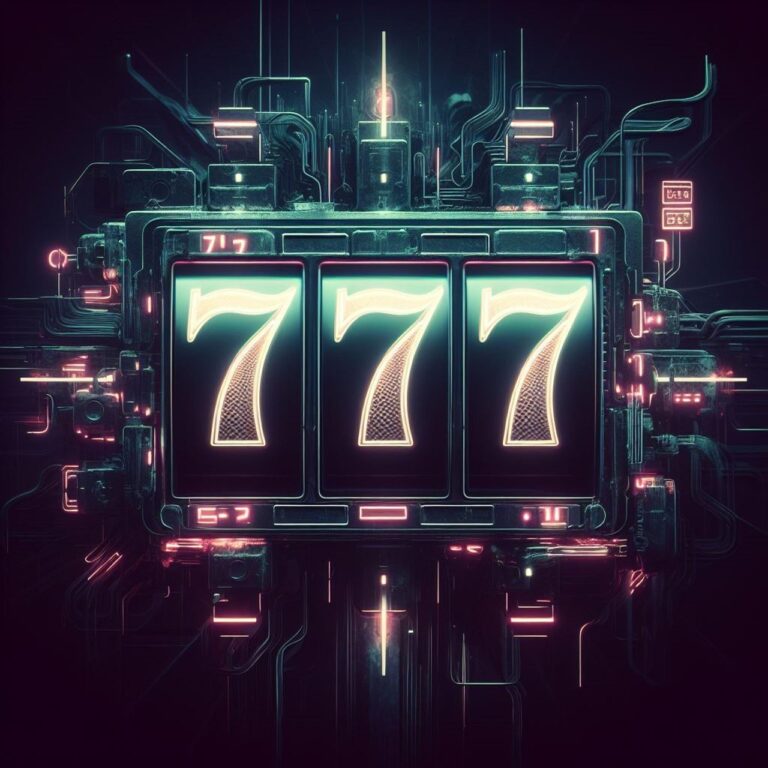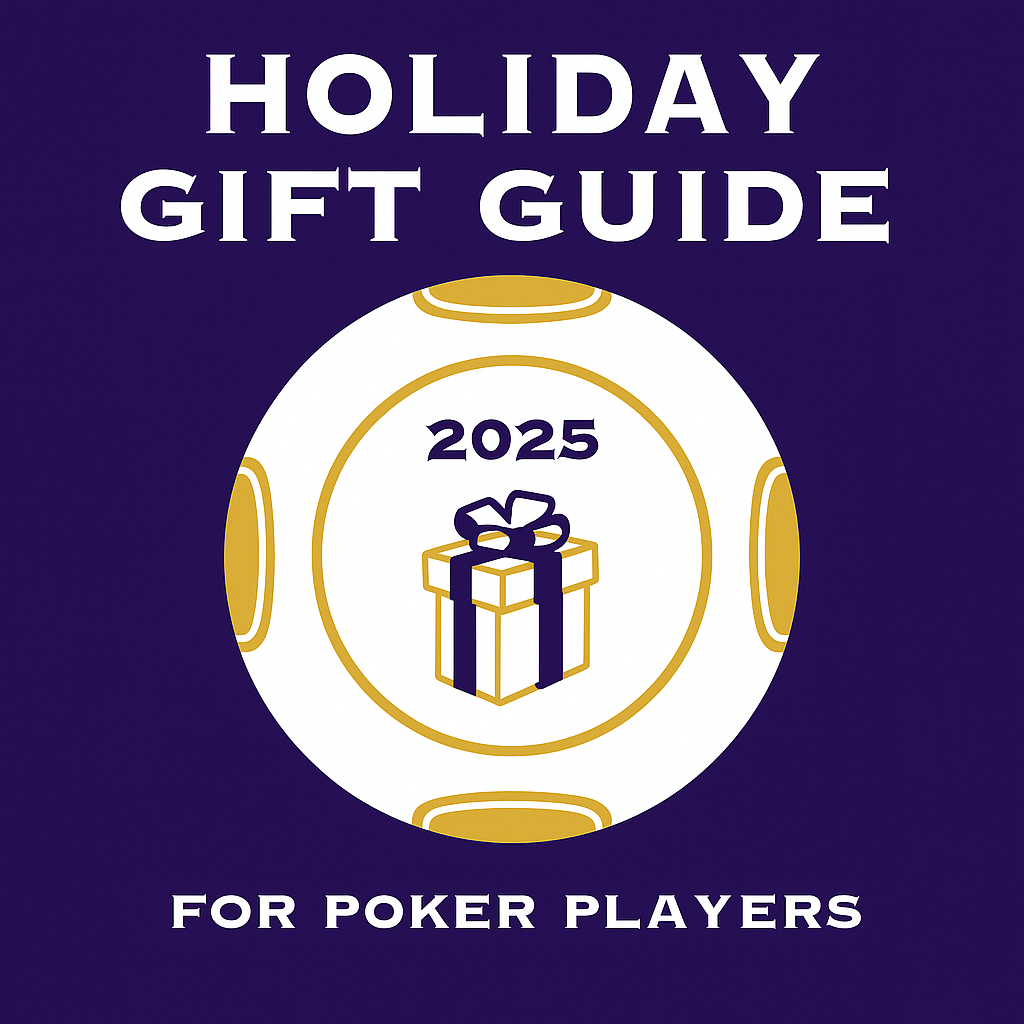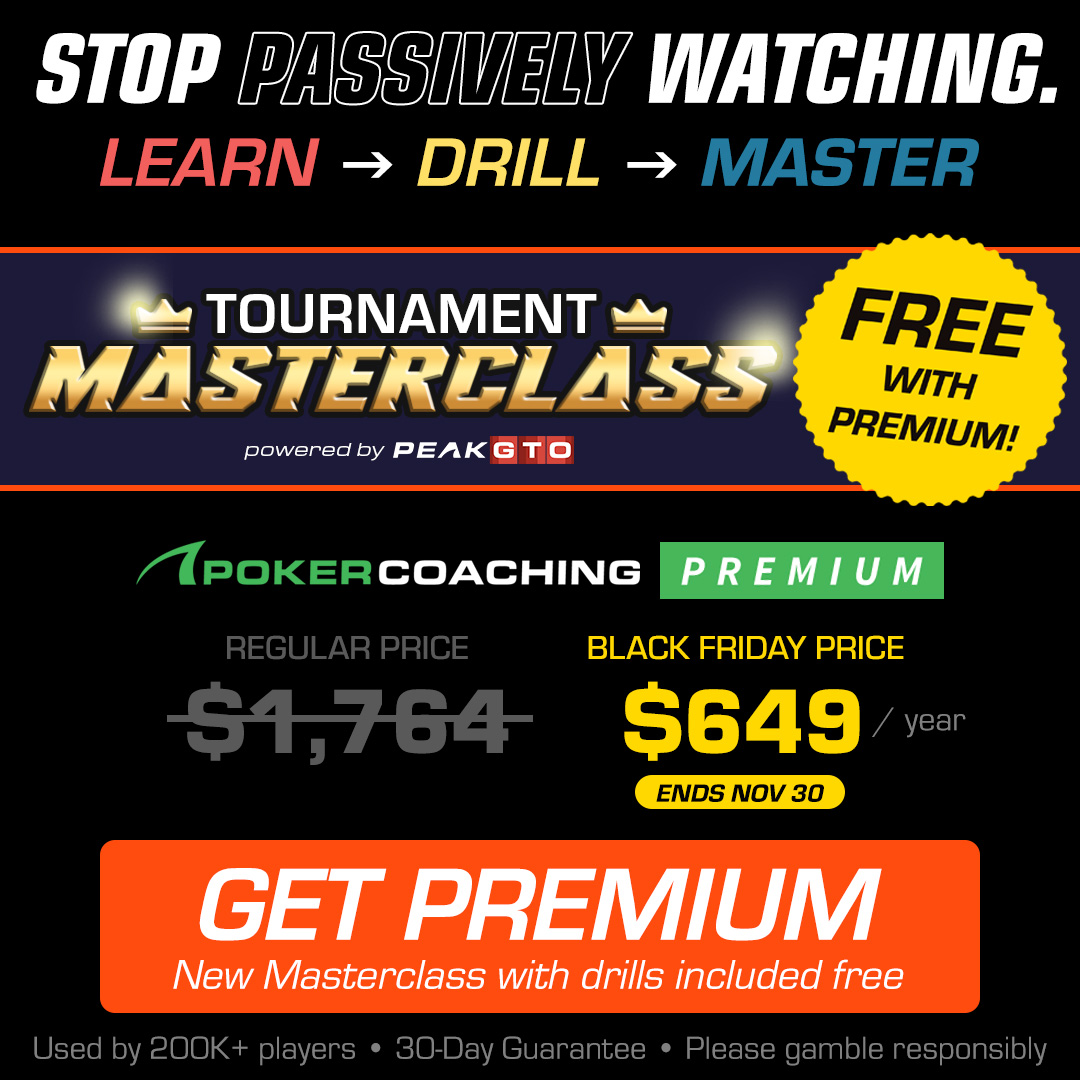While technology may have come a long way, learning by using pen and paper never goes out of style. It may not be everyone’s cup of tea but, personally, I find this approach very effective as I tend to better be able to commit things to memory when doing things this way.
For a poker player, learning and understanding math behind the game is essential. Pretty much without exception, you can’t be good at poker if you don’t understand poker math, plain and simple.
There are many ways to go about learning these numbers but if the aforementioned approach appeals to you, then you’re going to love the Poker Workbook by James “SplitSuit” Sweeney. It is an extensive source of knowledge on poker math and percentages that requires your active involvement. It may feel like you’re back in school at times, but if you do it right you’re bound to learn a lot from these materials.
Poker Workbook in a Nutshell
So, what exactly is the Poker Workbook? It is a poker textbook containing more than 1,500 tasks involving poker math – from the simplest calculations to highly elaborate concepts. Every single aspect of the workbook is briefly explained and then followed by a number of calculations you’ll need to do on your own.
Concepts covered in the Poker Workbook include:
- Equity & EV
- Ranges & range building
- Pot odds & Implied Odds
- Open raising
- 3-bets & 4-bets
- Preflop all-ins
- Blockers
- … and more
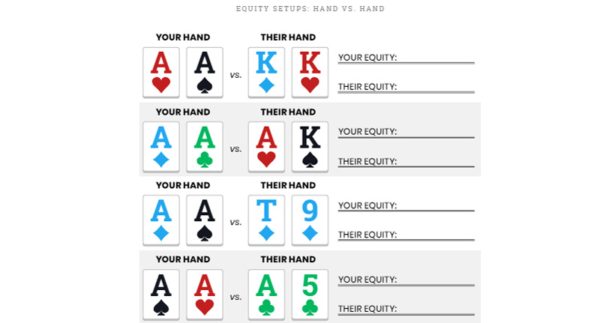
Once you get the basic grasp of the concept that’s being discussed, you’ll need to apply that knowledge to real examples and come up with exact answers. You’ll need to calculate percentages, number of combos, pot odds, and more, and then fill in the answers. So, it’s not the kind of book that you can just read. It only works if you actually take time to do the exercises!
Train Your Brain to Think Poker
The main goal of the Poker Workbook is to teach you how to quickly make all sorts of calculations while playing. Although our brains aren’t computers and most of us can’t do complex calculations in seconds, almost everyone can develop a skillset to make very good approximations. More often than not, this is all you will need at the poker tables.
To tackle tasks in the workbook, you’ll need poker software such as Flopzilla and/or Equilab. These programs will let you build custom ranges and turn percentages into visual representations (and vice-versa) of hand ranges.
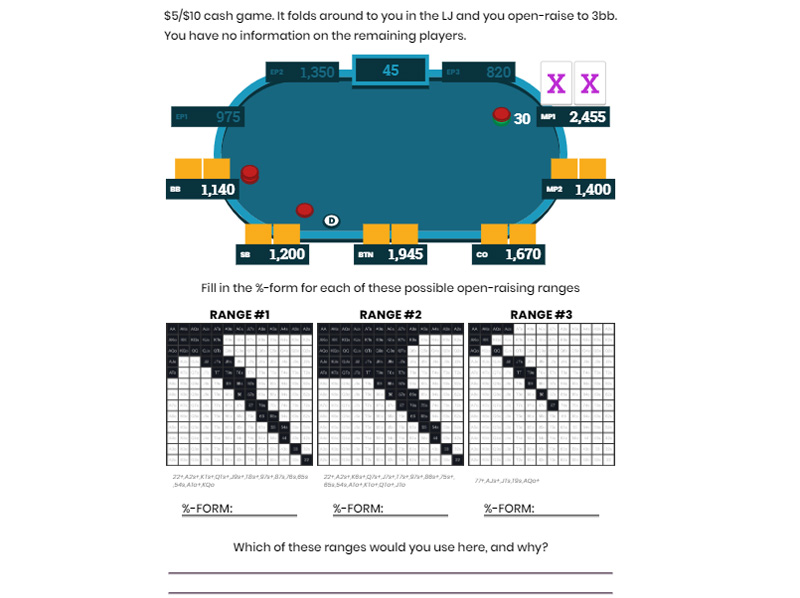
As you do this, you should become much better at visualizing what a certain percentage of hands looks like. You should also learn how to quickly figure out if a particular call is +EV or not based on how it relates to the pot and the strength of your own hand.
It all may seem abstract until you actually sit down and start doing it. That’s exactly why I like SplitSuit’s approach with this product. It forces you to sit down, think about, and physically write down your results. That way, you can’t fool yourself into thinking you were “close enough”. If the number is there and it’s off by a lot (or even a little), you’ll know you made a mistake in your calculations somewhere.
When you want to check your results, there is the separate Answer Key file, which allows you to quickly find answers for particular questions without having to go back and forth through the original book. This is really helpful as it saves time and lets you focus more on the learning process.
Slow but Efficient
The Poker Workbook was designed to be studied methodically. SplitSuit recommends doing a few pages every day and really focusing on getting the right answers, so this is probably the best way to go about it. If you’re already an experienced player, some of the earlier tasks will be easy to complete off the top of your head. If you’re new to poker math, though, it will take some time.
The good thing about the workbook is that you can organize your studying time so it doesn’t affect your other poker learning activities, such as watching videos or analyzing your hands. You can just do a few exercises whenever you feel like it. As you do more, you’re bound to become better at it.
Finally, there’s the price point: just $39. That’s affordable for pretty much any poker player. Moreover, when you consider it as an “investment” rather than a “money spend”, it’s tough to argue that you aren’t getting great bang for your buck.
So, to summarize, it may feel like “doing things the old fashioned way, with pen and paper” is a step back when compared to all the modern and interactive poker training systems out there but I don’t think this is necessarily a bad thing. The more traditional approach to learning poker can still work very well and the fact you’re more involved with the materials will help you memorize much more information even if you don’t realize it at first.
If you want to learn poker math from scratch or if there are certain concepts that you don’t quite understand or struggle with, give Poker Workbook a go. Odds are you’re going to love it once you get into it and begin a daily poker study routine.

